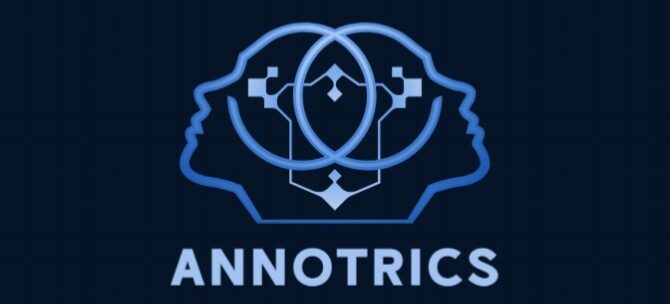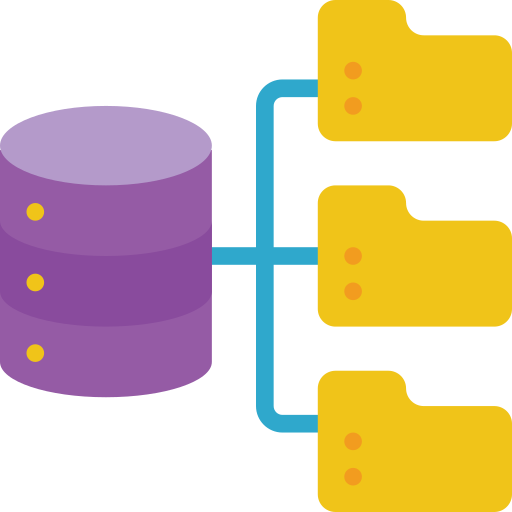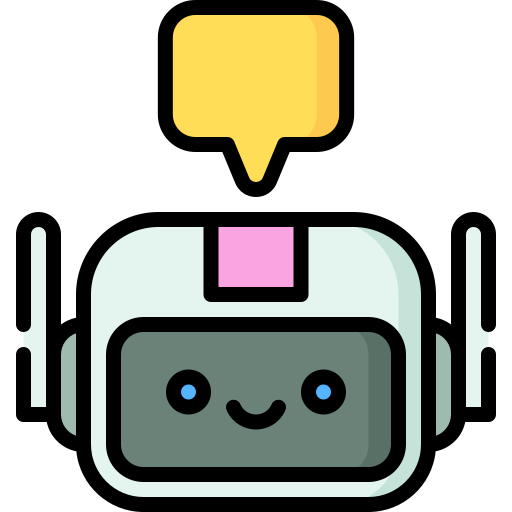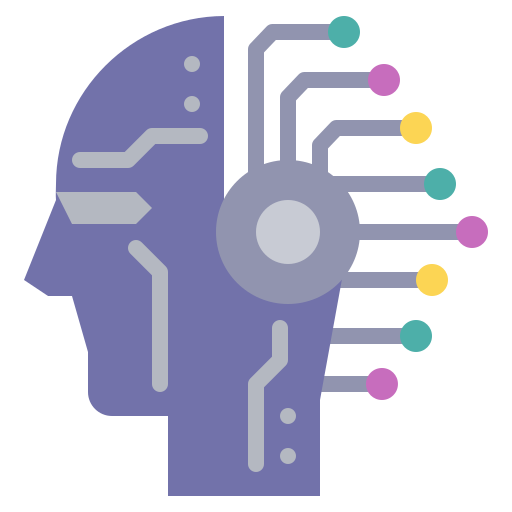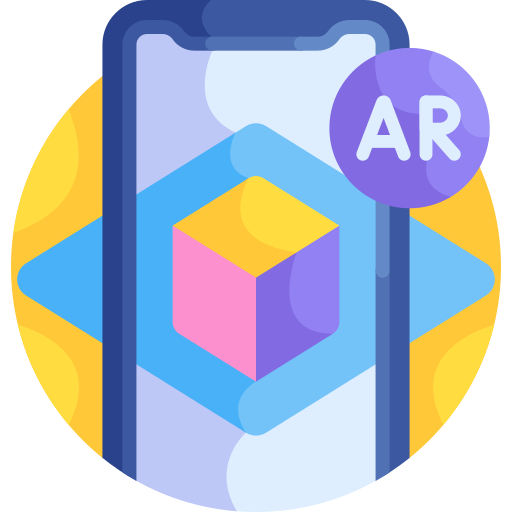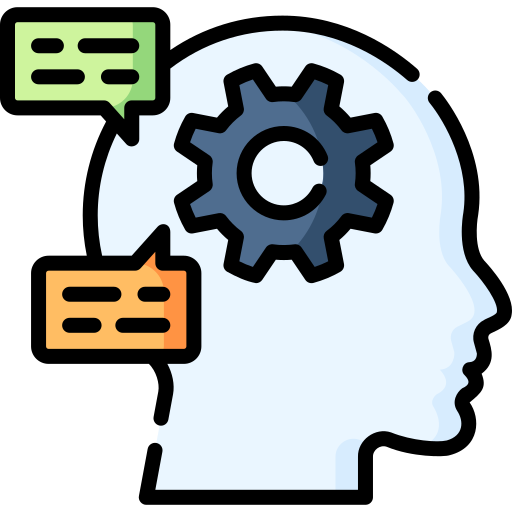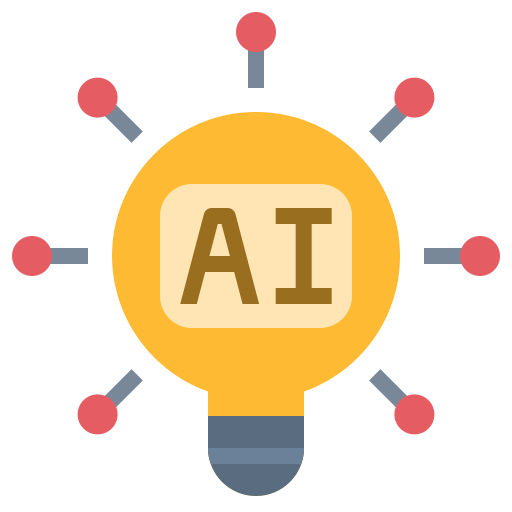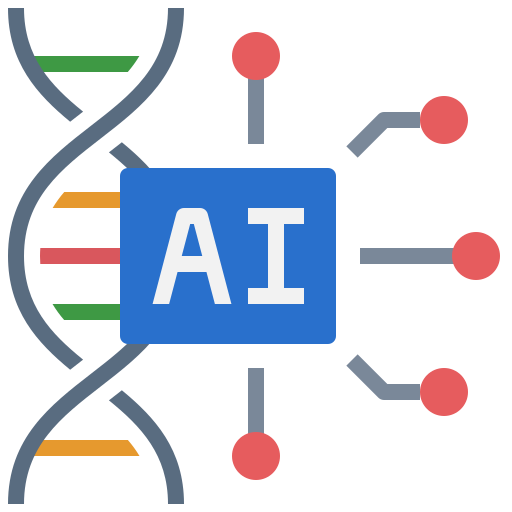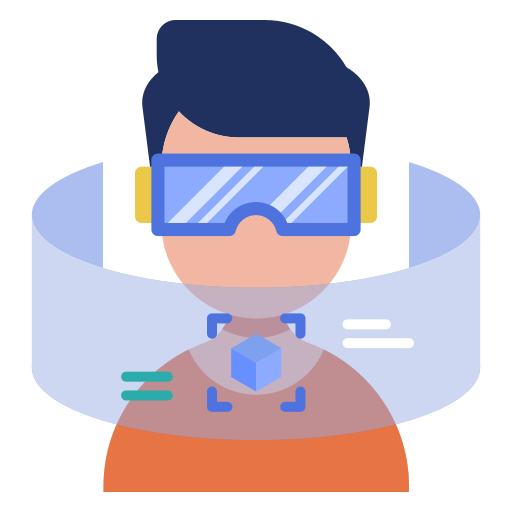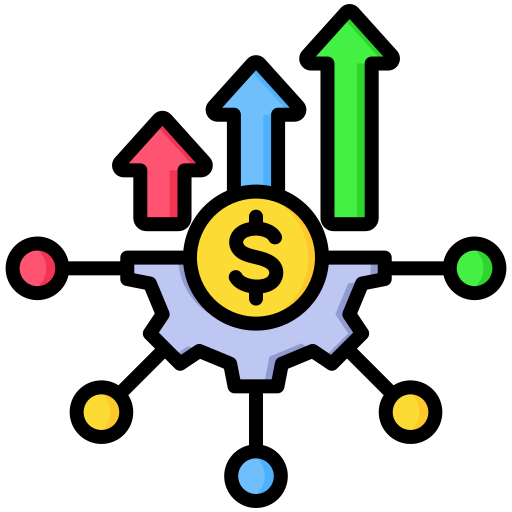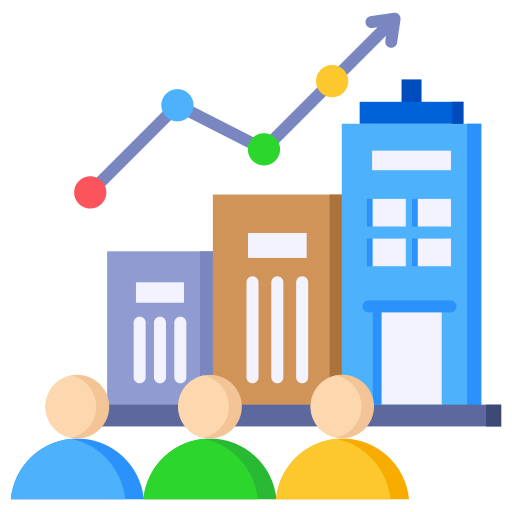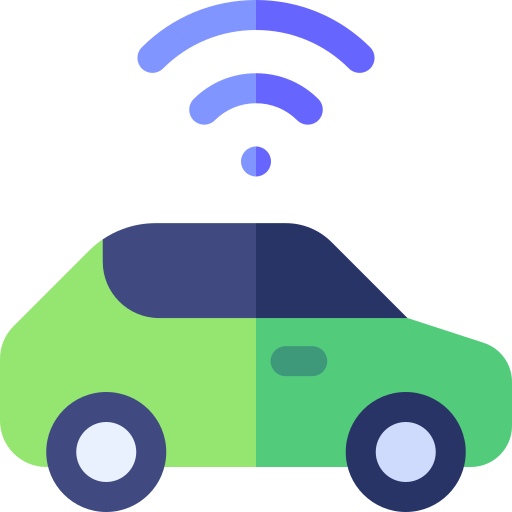Computer Vision
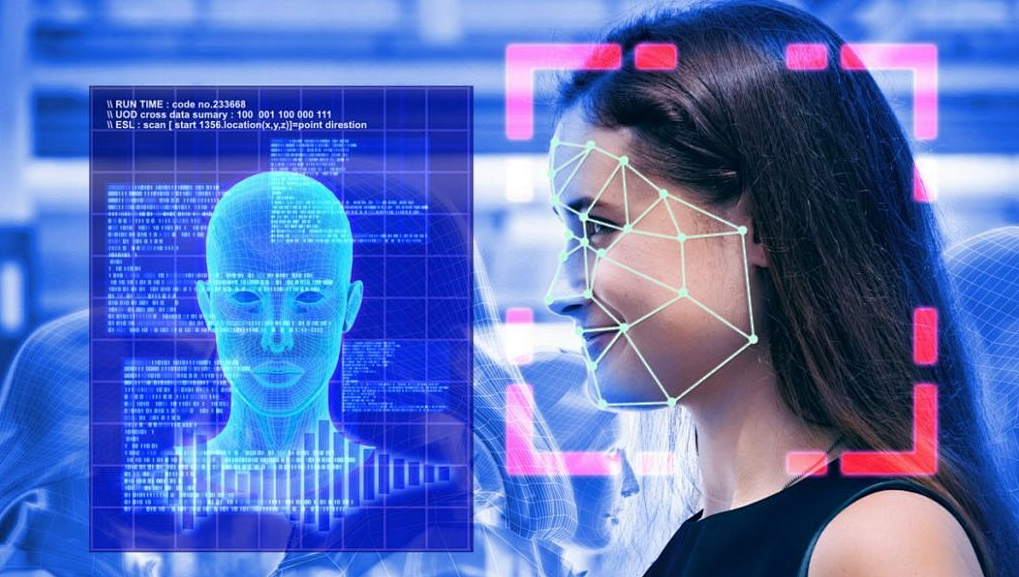
A normal human observes things and events in their surroundings. Similarly, depending on the purpose, we can differentiate between objects, determine their distance, and spot errors. In the same way, computer vision allows AI-powered machines to train themselves to perform these tasks using cameras, algorithms, and data. As a result, these machines can replicate human-like perception and decision-making abilities.
Computer Vision Transforms How Machines Perceive and Interact with the World
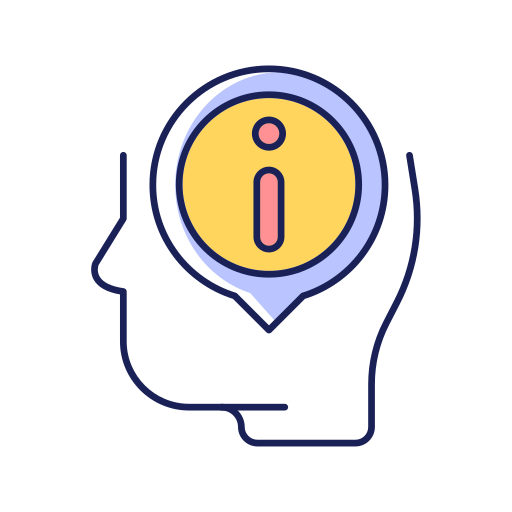
Automation
Computer vision enables automated visual tasks, minimizing human intervention. Hence, various processes, including data analysis, logistics, and manufacturing, have become significantly more efficient, streamlined, precise, and capable.

Improved UX
Computer vision allows devices to see and interact with the real world, significantly enhancing user experiences in areas like VR and AR. Moreover, it is useful in applications such as gaming, education, healthcare, and various other domains driving innovations.

Accessibility
Advanced computer vision technologies seamlessly facilitate the creation of broader digital environments. Additionally, they assist visually impaired individuals by enabling text-to-speech capabilities and providing detailed descriptions of images.

Better Decisions
Computer vision can give companies data analytics and real-time insights to support their decision-making. For example, Businesses can use computer vision to personalize their offerings by considering the tastes and actions of their customers.
Conversational AI
Conversational AI Services and Solutions: Organizations in Various Industries Are Developing Conversational AI Models to Enhance Customer Engagement and Boost Productivity Conversational artificial intelligence (AI) is a technology that allows users to have conversations, such as chatbots or virtual agents. They make use of massive amounts of data, machine learning, and natural language processing to mimic human interactions. It can recognize speech and text inputs and translate their contents between different languages.
Why does the future of communication lie in Conversational AI Services and Solutions?

24/7 Availability
Conversational AI operates 24/7, empowering companies to provide continuous support and engagement, transcending time zones or business hours. This ensures users have convenient access to resources, fostering seamless interaction and facilitating immediate assistance.
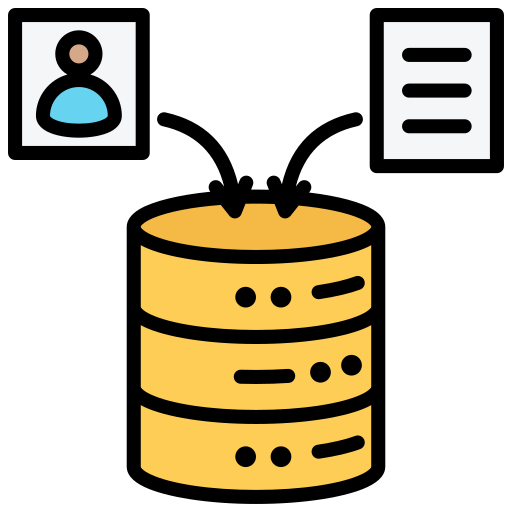
Enhanced Customer Experience
Conversational AI elevates client satisfaction with tailored, organic interactions. Users enjoy instant information, fostering loyalty through enhanced experiences. The personalized approach enhances satisfaction and loyalty, creating a positive user experience.
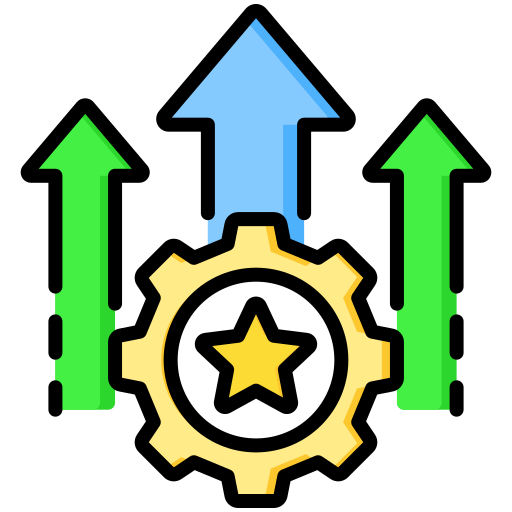
Effective & Better Productivity
Conversational AI boosts productivity by automating repetitive tasks, allowing workers to focus on strategic roles. Automated dialogues reduce the need for human interaction in common queries, saving time and cost for enhanced operational efficiency and effectiveness.

Data Collection and Analysis
With the implementation of conversational AI, valuable insights into user behavior, preferences, and frequently asked questions are systematically gathered from user interactions. This comprehensive data-driven approach facilitates informed decision-making and strategic planning.

Continuous Adaptability
Artificial intelligence (AI) systems continually learn from and dynamically respond to user input, leveraging advanced algorithms and adaptive models. This iterative process ensures the conversational experience will adapt over time, evolving and staying relevant to the user base's needs.

Cost- Efficiency
Conversational AI optimizes customer support, reducing reliance on human resources and offering cost-effective solutions. Automated interactions efficiently manage tasks, significantly reducing expenses while consistently maintaining high service quality and operational efficiency.
Natural Language Processing (NLP)
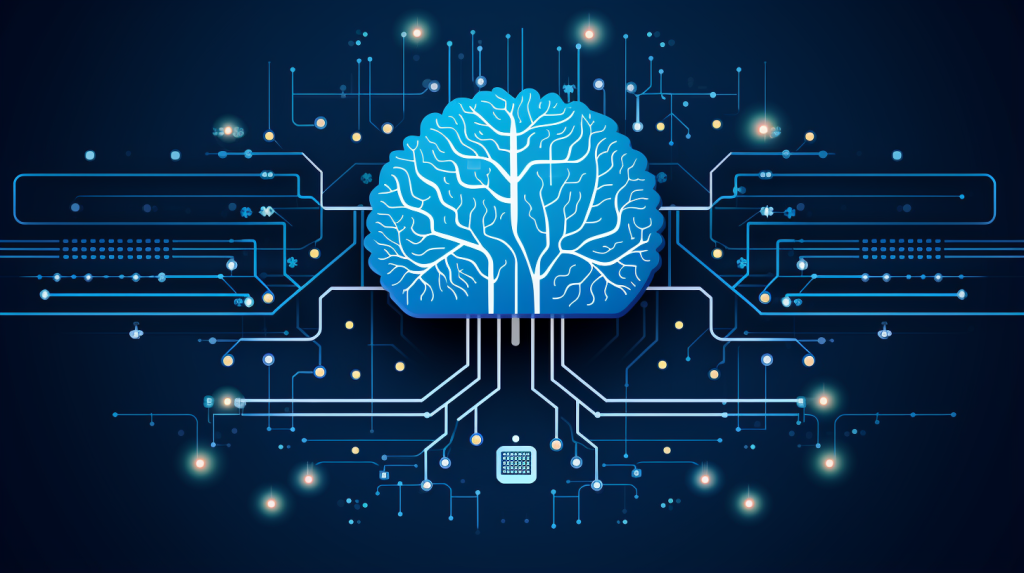
Bridging Humans and Machines with NLP
Natural Language Processing (NLP) has grown substantially, particularly in customer service, healthcare, and education, enhancing productivity and personalizing experiences. Consequently, this trend is poised to continue as NLP equips machines to learn, interpret, and generate human language. Its diverse applications, ranging from language translation to sentiment analysis, chatbots, and voice recognition, underscore its pivotal role in transforming human-technology interactions.
Why does the future of communication lie in Conversational AI Services and Solutions?

Automation of language Tasks
NLP helps by automating labor-intensive language-related tasks, thereby significantly reducing organizational load and improving efficiency. For instance, NLP aids in tasks like sentiment analysis, text summarization, content categorization, and language translation, which ultimately enhances overall productivity.

More precise and reliable analysis
It only takes a few simple steps to expertly train NLP-powered models, enabling them to speak the required language and precisely meet your company's specific requirements. As a result, they operate far more accurately than humans ever could once they are up and running.

Conducts thorough evaluation
NLP technology analyzes documents, internal systems, emails, social media data, and online reviews. Moreover, state-of-the-art NLP technologies offer instant scalability, enabling flexible processing capacity tailored to specific needs, dynamic workloads, and evolving requirements.

Cost-efficient streamlining
NLP tools operate in real-time, around the clock, at any size you require. Consequently, these technologies allow you to have a smaller crew. Furthermore, you may analyze client feedback by connecting NLP tools to your data to quickly identify any issues customers may be having with your product or service.

Efficient Data Processing
NLP effectively saves time and resources by automating the extraction of important information from massive volumes of data. In addition, NLP automates routine tasks involving processing and understanding natural language, thereby freeing up human resources for more complex and creative activities.

Semantic User Enhancement
Semantic understanding in NLP effectively interprets queries, thus delivering highly personalized responses and enhancing applications' intuitiveness, which in turn transforms the user experience. Consequently, this ensures seamless and user-friendly interactions across diverse domains.
Generative AI
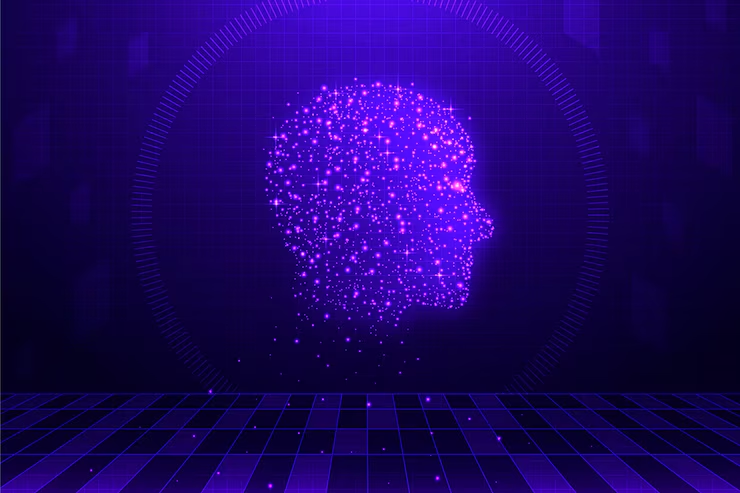
Elevate Innovation with Generative AI
How is Generative AI Services changing the world of creativity?
Look at some of the best breakthroughs made possible by generative AI applications.

Elevates Personalized Experience
AI can effectively acquire knowledge about your business and its products. Furthermore, generative AI can help create individualized experiences when combined with the client data you gather. By leveraging this data, AI can tailor recommendations and interactions to meet the specific needs and preferences of each customer. As a result, this personalized approach enhances customer satisfaction and loyalty, ultimately driving business success.

Revolutionizes Content Creation
Generative AI is crucially important in content creation. In fact, marketing teams dedicate significant time to crafting diverse content, including blog entries, social media posts, visual designs, and marketing copy. Consequently, this technology not only streamlines the content creation process but also enhances creativity and efficiency, enabling marketers to focus on strategic initiatives while ensuring high-quality output that will save the resources.

Cybersecurity Enhancement
Generative AI can significantly support enterprises in improving cybersecurity. Specifically, to detect threats, businesses need to examine a vast amount of data, which is where AI tools come into play. By leveraging advanced algorithms, Generative AI can analyze patterns and anomalies in data to identify potential risks more effectively. Moreover, it can automate responses to threats, enhancing the speed and efficiency of cybersecurity measures.

Simplifies business processes
Business processes can be made more efficient with generative AI. Specifically, your staff will become more productive if you identify areas where you can automate tasks and leverage the capabilities of generative AI. Consequently, this optimization not only streamlines workflows but also frees up valuable time for employees to focus on higher-value activities, ultimately enhancing overall organizational efficiency.

Boosts creativity
Developing original ideas can be challenging. Nevertheless, there are still fresh concepts to explore, and generative AI can assist with this process. In fact, users can generate new ideas with the help of generative AI. By leveraging its capabilities, individuals can enhance their creativity and overcome mental blocks, leading to innovative solutions and novel concepts.

Revolutionizes Product Design
Generative AI is reworking the world of creativity by revolutionizing product design. Specifically, by studying marketplace trends and customer preferences, AI creates innovative and personalized products. Moreover, this technology enhances the design process and enables businesses to respond swiftly to changing consumer demands. As a result, organizations can deliver unique offerings that resonate.
Healthcare AI

AI & NLP - Revolutionizing Healthcare
How AI in Healthcare AI & NLP Solutions is Revolutionizing Patient Care and Medical Practices

Efficiency and Automation
AI automates and simplifies repetitive operations, such as data analysis and administrative procedures. As a result, healthcare workers are positively affected by this efficiency, which frees them up to focus more on patient care and complex medical decisions. Furthermore, this shift on heltcare AI not only improves job satisfaction but also enhances the quality-of-care patients receive.

Enhanced Patient Outcomes
AI applications like predictive analytics and personalized treatment strategies significantly contribute to improved patient outcomes. Moreover, machine learning (ML) algorithms optimize healthcare delivery by analyzing large datasets, identifying patterns, and suggesting tailored therapies. As a result, healthcare providers can make more informed decisions, leading to better patient care.

Accessibility and Inclusivity
AI technology provides innovative solutions for those with hearing or vision impairments, enhancing patient convenience. For instance, voice recognition, image identification, and natural language processing (NLP) are key technologies that contribute to creating a more inclusive and accessible hospital environment. Consequently, these advancements improve the overall patient experience.

Diagnostic Precision
AI significantly boosts medical diagnostics by analyzing imaging, pathology slides, and patient records, thereby enhancing accuracy. Moreover, early identification of diseases, facilitated by these improved diagnostics, leads to more successful and timely treatment options for patients. As a result, healthcare providers can offer more precise and effective care, improving patient outcomes.

Data-Driven Decision-Making
AI in healthcare transforms patient care through remote monitoring. Additionally, wearables and AI-linked sensors enable continuous tracking, providing real-time data for proactive intervention, personalized care, and early health issue detection. This approach empowers healthcare providers to respond swiftly, improving patient outcomes and enhancing overall care quality.

Remote Patient Monitoring
AI models utilizing patient monitoring data, including warning signs and wearable device information, further simplify remote monitoring of chronic conditions, enhancing healthcare accessibility and facilitating proactive management for better patient outcomes. Consequently, this technology allows for timely interventions, empowering patients to take charge of their health.
ADAS
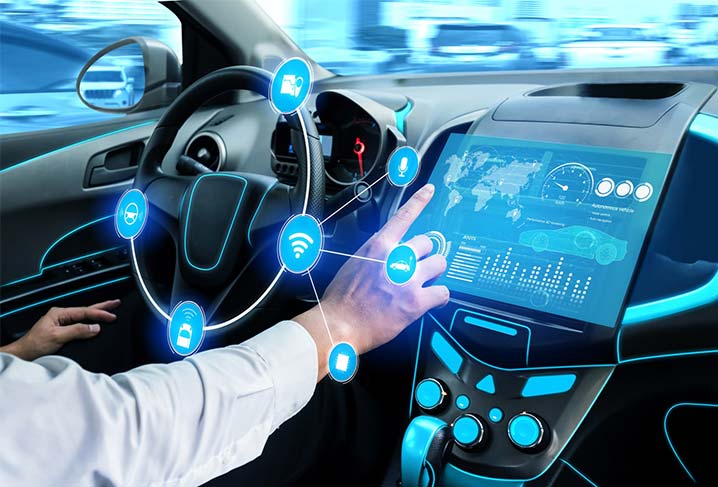
Reliable ADAS Training Data Collection for Accuracy
Embarking on a journey towards safer roads and intelligent transportation, Advanced Driver Assistance Systems (ADAS) employ the power of computer vision to reimagine the driving landscape. As wireless network connectivity becomes more common, next-generation ADAS will use it to provide better value. ADAS training data features have become so popular and well-established that they have also become popular in various regions of the world.
Key Applications of ADAS Training Data

Collision Avoidance Systems
ADAS employs computer vision to detect potential collisions and, thereby, initiate preventive measures, such as automatic emergency braking, which significantly reduces the risk.

Lane-Keeping Assistance
Computer vision enables vehicles to stay within their lanes by actively monitoring lane markings and, when necessary, providing corrective steering inputs.

Pedestrian and Cyclist Detection
ADAS significantly contributes to road safety by detecting pedestrians and cyclists, thereby issuing warnings and triggering braking systems promptly to prevent collisions.

Collision Avoidance Systems
ADAS employs computer vision to detect potential collisions and, thereby, initiate preventive measures, such as automatic emergency braking, which significantly reduces the risk.

Lane-Keeping Assistance
Computer vision enables vehicles to stay within their lanes by actively monitoring lane markings and, when necessary, providing corrective steering inputs.

Pedestrian and Cyclist Detection
ADAS significantly contributes to road safety by detecting pedestrians and cyclists, thereby issuing warnings and triggering braking systems promptly to prevent collisions.
